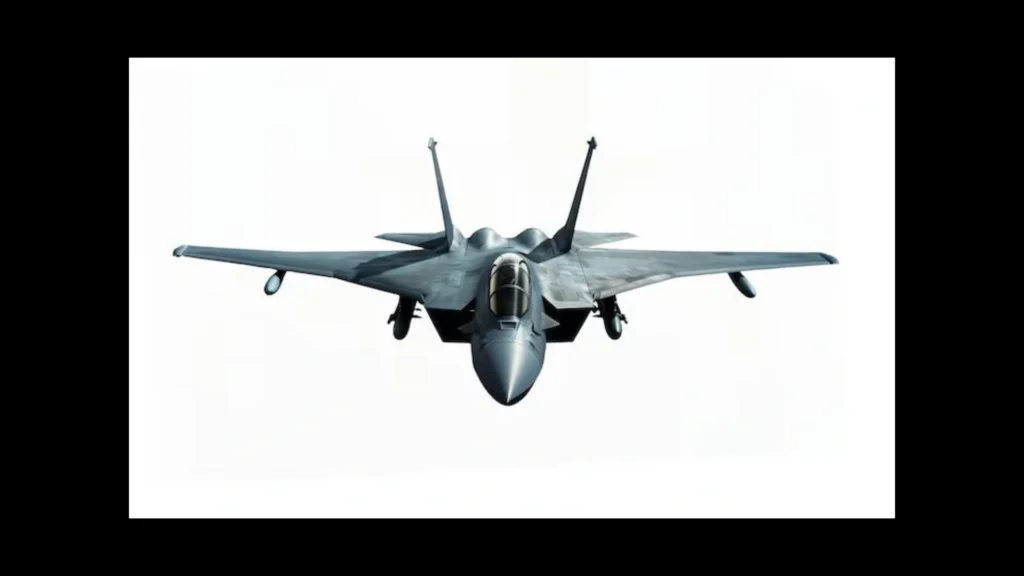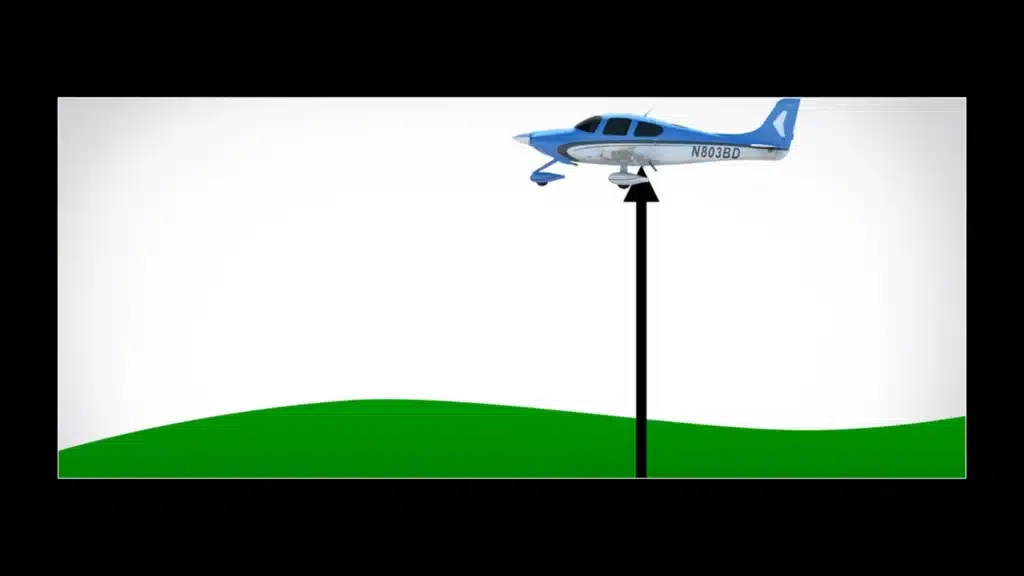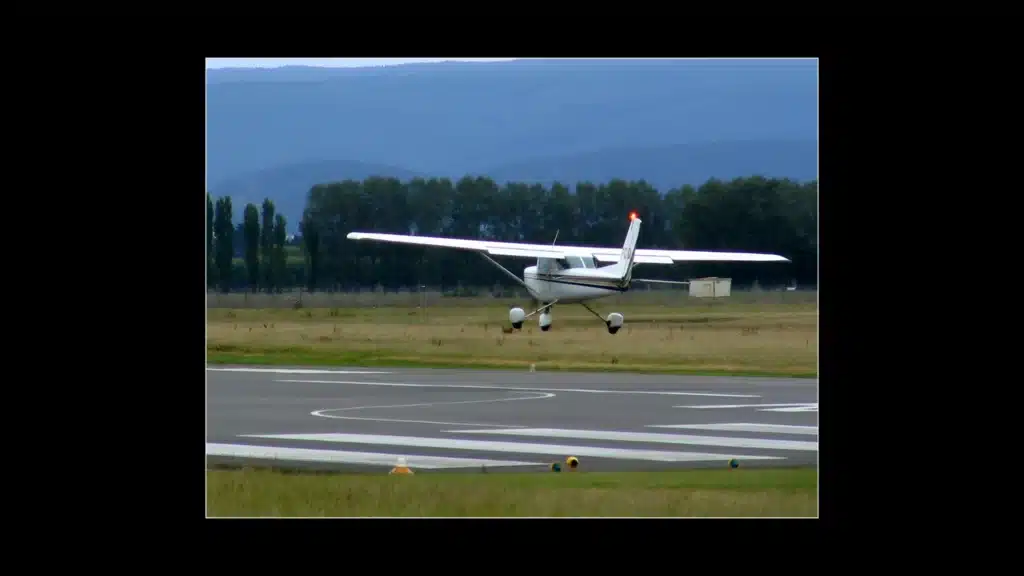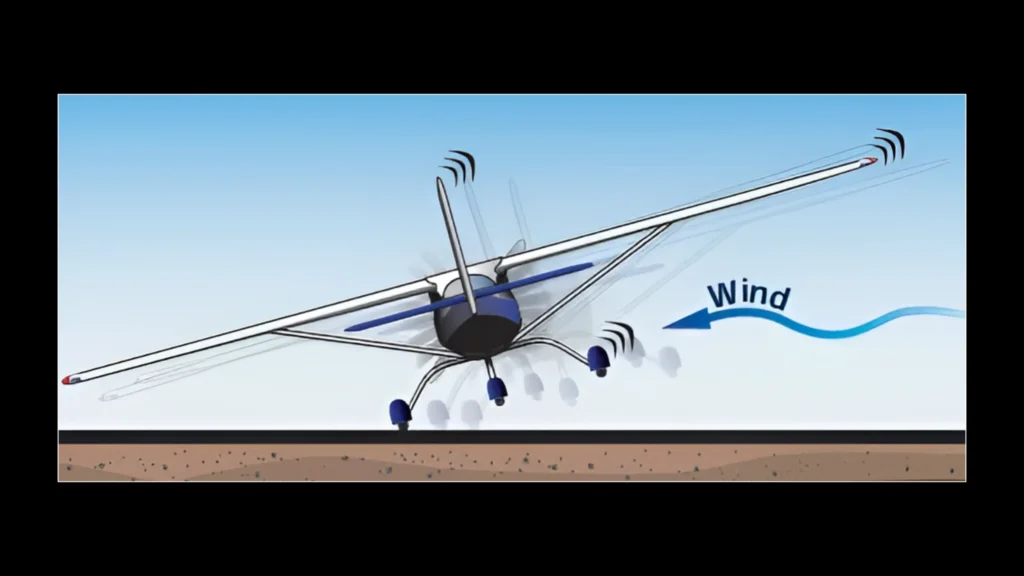Some practical jet fuel efficiency tips are flying the shortest route, keeping the aircraft light, maintaining the engines and adjusting cruise speed and altitude. These save fuel and cost and reduce the aircraft.
Fuel is one of the biggest costs in aviation. And with prices rising and pressure to reduce emissions, making smart decisions on fuel use matters more than ever.
It’s not about complicated solutions; it’s about getting the basics right. Every person involved in a flight, from ground crew to pilots, has a part to play in keeping fuel in check. A few tweaks can make each flight more efficient and a little kinder to the planet, too.
10 Jet Fuel Efficiency Tips
Check out some of the amazing jet fuel efficiency tips below:
1. Plan a Smarter Route
One of the easiest ways to save fuel is to plan a straight, simple route. The less distance the aircraft covers, the less fuel it uses. It’s really just about getting from point A to B without extra turns or delays.

Detours or waiting around in the air? That just adds time and burns more fuel. Good route planning really does make a difference.
2. Find the Right Altitude
Not every height is right for every flight. Planes fly best at a certain altitude based on their weight and weather conditions.

Pilots sometimes adjust altitude while flying to stay in smoother air or to catch a better wind. These changes might seem small, but they help a lot when it comes to saving fuel.
3. Keep the Plane Light
The heavier the plane, the harder the engines have to work. And that means more fuel gets used up. Carrying only essential cargo and watching the weight of baggage can help.
Even reducing water load or unnecessary supplies adds up over time. Less weight, less drag, better efficiency.
4. Take Care of the Engines
Engines that are regularly checked and maintained tend to run better and use less fuel. When the power settings are just right during takeoff, while cruising, or while descending, the engines don’t have to work as hard. That means less stress on the system and better fuel use all around.
5. Smooth Takeoff and Landing
Takeoff and landing use a lot of energy, especially if they’re not done right. A continuous and gentle descent, rather than dropping in steps, burns less fuel and is easier on the aircraft.

And during takeoff, there’s no need to go full throttle unless it’s necessary. Controlled power works just fine and saves fuel.
6. Use Smart Tools
Modern planes are equipped with systems that can suggest better routes in real time. These tools help pilots avoid delays, reroute around traffic, or fly in smoother air.
When used properly, they can save a surprising amount of fuel just by avoiding inefficient flying patterns.
7. Train the Crew Well
Pilots trained in fuel-saving techniques can make a real difference. Knowing when to adjust speed, how to climb gradually, and how to glide during descent it all adds up.
Even the small decisions made during flight have an impact on how much fuel is used.
8. Fly Newer Planes When You Can
New aircraft are built to use fuel more wisely. They’re lighter, have better engines, and create less drag.
If an airline has a choice between older and newer planes, putting the newer ones to work on longer routes can really help cut fuel use.
9. Check the Weather First
Wind direction plays a big role in fuel use. Flying with the wind pushes the plane along without extra engine effort.
Flying against it? That eats up fuel. Plus, flying through storms or turbulence can cause rerouting and more burn. A little weather planning goes a long way.

10. Use Cleaner Fuel When Possible
There’s a shift happening toward sustainable fuel made from waste and natural sources. It burns cleaner and can be mixed with regular jet fuel.
It’s not everywhere yet, but where it’s available, it’s a solid step forward, with less fuel waste and lower emissions.
Read Blog Posts:
- DIY Turbo Installation Guide: Step-by-Step for Beginners in 2025
- 7 Key Signs Your Turbo Needs Replacement
FAQs – Jet Fuel Efficiency Tips
Q: How can I make my plane more fuel-efficient?
Start by flying lighter. Only carry what’s really needed. Plan a direct route to avoid unnecessary distance. Choose the best cruising altitude based on weight and weather.
Keep your speed steady and avoid sharp throttle changes. Regular maintenance, especially of the engines, makes a big difference too.
Q: How can I improve my jet engine efficiency?
Stick to the correct power settings during takeoff, cruise, and landing. Avoid overusing power when it’s not needed.
Make sure the engines are well maintained, clean, and inspected regularly. Try to reduce idle time on the ground and cut down on unnecessary APU use.
Q: How can I improve fuel efficiency?
Think of it as flying smarter. Keep the aircraft light, plan efficient routes, and fly at the right height.
Use weather patterns to your benefit and make sure the crew is coordinating to avoid delays. Smooth flying and smart decisions save more fuel than you’d expect.
Q: What makes a jet engine fuel efficient?
A fuel-efficient engine has better airflow, uses newer materials, and is designed to reduce drag. But it also depends on how it’s used.
Clean engines, steady power settings, and proper handling help it stay efficient. The design and the usage both matter.
Q: How to reduce fuel consumption in aircraft?
Avoid overloading and take off with only what’s needed. Use efficient climb and descent methods. Choose flight paths that offer tailwinds and fewer weather risks.
Work with air traffic control to avoid circling or delays. Even small things like reducing taxi time or engine use on the ground help.
Q: How to save fuel while flying?
Fly steady without too many speed or altitude changes. Cruise at the most fuel-friendly height. Avoid flying into strong headwinds or storms.
Use a smooth descent instead of dropping down in steps. If it’s an option, using sustainable aviation fuel can improve overall fuel use too.
Final Words
Fuel efficiency in aviation doesn’t have to mean high-tech or big changes. Most of the time, the small things make the biggest difference. From how a flight is planned to how a pilot flies the aircraft, every decision counts.
These simple jet fuel efficiency tips help cut down fuel costs and reduce emissions without needing big upgrades or high-tech solutions.
Whether you’re flying a modern jet or managing flight operations, making fuel-smart decisions is a win-win. It’s good for the airline, good for the skies and good for the future.

